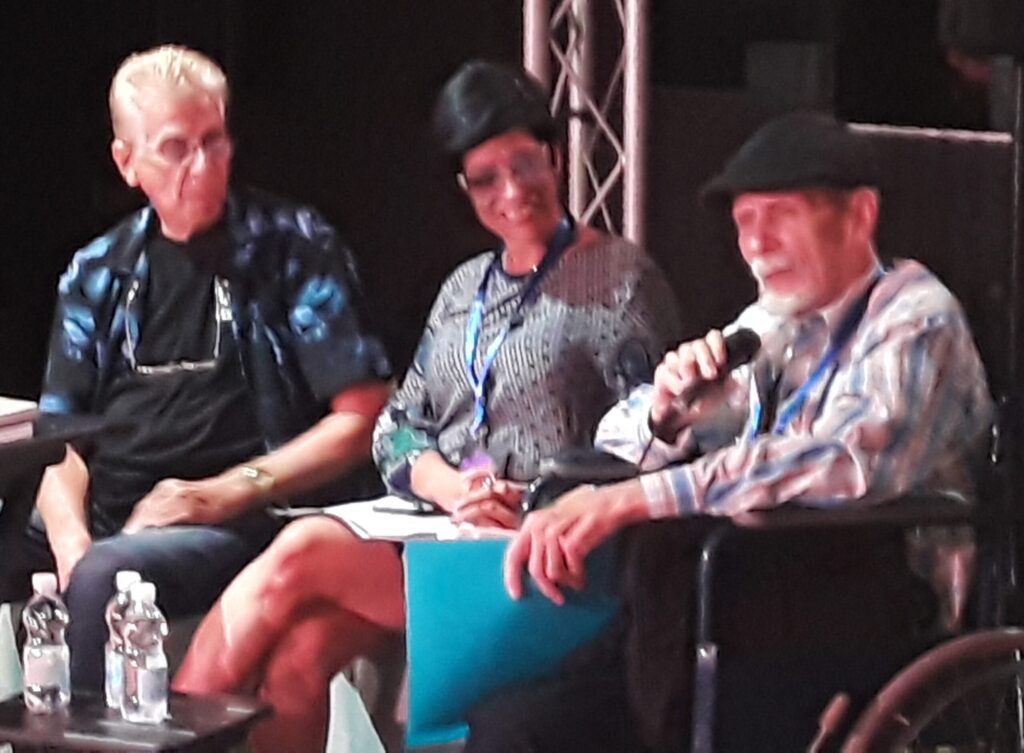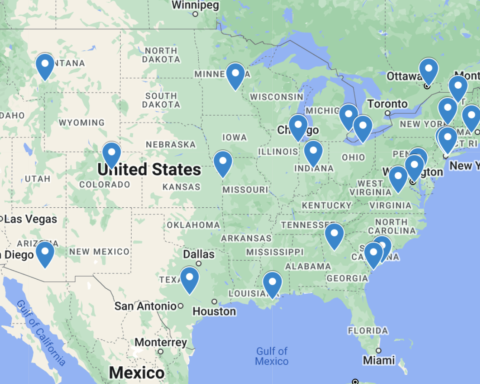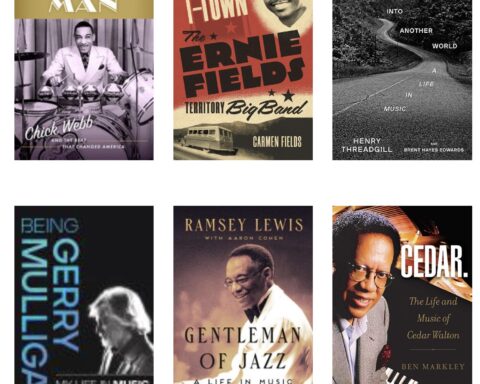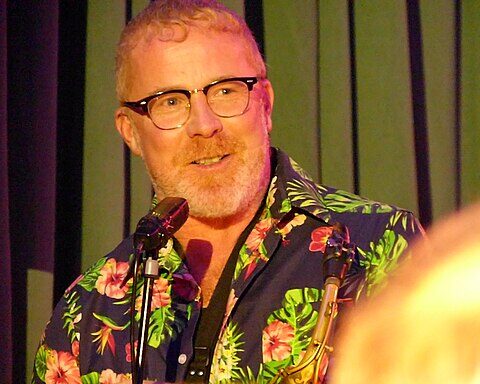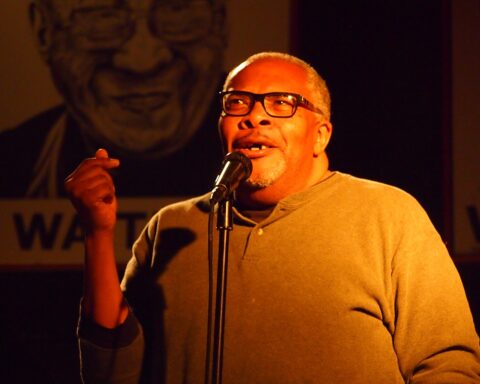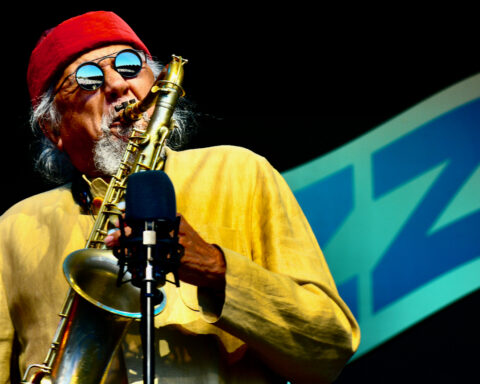Amid a forest of foliage with deep and multiple roots, Cuban culture has a leafy tree with a solid trunk and many branches, called “jazz.” Under its shade local and foreign creators gather for shelter, annually, at the Festival Internationale Jazz Plaza (held Jan 24-30, dating back to 1983).
It is an appointment established 40 years ago by one of this year’s stars — multi-instrumentalist and singer Bobby Carcassés, age 85 — and brings together (as have many previous) a multitude of creators ranging across youth and veterans, from right at home to a dozen countries. Among them we must credit the tireless pianist Roberto Fonseca, once again artistic director on the board of the party organized by the Centro Nacional del Música Popular.
It is ever more difficult to put labels on sonic artistic messages at a time when the term “fusion” applies to the most diverse expressions; when genre borders are diluted and the classic can project itself as popular, the folkloric permeating the most contemporary expression.
“Fusion” explains how in these final days of January 2023 in the capital, rumberos Muñequitos de Matanzas put together their current art with jazz pianist Alejandro Falcón, as they did successfully years ago with stellar American saxophonist Steve Coleman, or how a concert can be dedicated to musica campesina and jazz, or how a concert can be dedicated to the Brazilian style reminiscent of Tania María, whose presence in 1983 lent an international character to the first Jazz Plaza, which was intended to specifically celebrate Cuban national art.
Over the years, Dizzy Gillespie, Charlie Haden, Roy Hargrove and Carmen McRae have been among the U.S. musicians giving this worldwide meetup a shine (while daring possible political criticism at home). Today, Jazz at Lincoln Center reedsman Ted Nash and violinist Karren Briggs are among our neighbors to the north who collaborate in maintaining cultural ties between our nations.
Welcome is extended to everyone who arrives to perform during the one-week schedule spread over half a dozen locations. They join more than a hundred local musicians and Cubans living today beyond the island’s geographical borders, such as award-winning percussionist Pedrito Martinez, trumpeter Carlos Sarduy, pianists Nachito Herrera and Dayramir González.
They are all inspired by music that transcends limits and, at the same time, recognizes that a vital component of its vitality and ongoing evolution originates from here, where fruits germinate and multiply, nourishing Cuban culture and that beyond, now and always.
A BOON TO MUSIC STUDENTS
There are not statistics for the number of Cuban music students who’ve gained valuable knowledge and experiences for their present and future during the Jazz Plaza Festivals, but this year’s edition sustained the tradition of providing for them
Audiovisual materials made by Jazz from the Inside, the duo of Neris González Bello and Gustavo González, showed interest in socializing the knowledge of consecrated professionals participating in international jazz events. Those events, taking place in Havana and Santiago de Cuba, were born in the Casa de la Cultura in the Plaza neighborhood of the capital, inspired by Carcassés, one of the great youth teachers of the Cuban cultural environment.
What comes of these music students is the result of many influences, from the Cuban concept of teaching, freed from jealousy, pettiness and envy as obstacles to healthy camaraderie, to the very essence of the music that is shared, projected and motivated: jazz.
Carcassés has appreciated that this genre without borders is based on “creative freedom and love,” and acted on that appreciation again during the Jazz Plaza. This year he visited several arts education institutions, accompanied by U.S.-based saxophonist and educator Yosvany Terry. Carcassés speaks enthusiastically about that experience, affirming that “jazz is not taught, but it does awaken” — describing the subjective phenomenon that makes a musician an instant creator, escaping the norm to give free rein to his imagination, feelings and desire to communicate with his environment, something that not everyone achieves.
But that’s also the mission currently carried out by award-winning American saxophonist Ted Nash, a member of the Lincoln Center Jazz orchestra directed by Wynton Marsalis, who has shared knowledge on his previous visits to Cuba, in schools and even on the sidewalk of La Rampa (as I witnessed in the 1990s). Now Nash, a two-time Grammy winner, merges plastic arts and jazz in a project called “Jazz x Art.”
He converted rooms of the National Museum of Fine Arts of Cuba into a teaching facility to accommodate 20 young Cuban musicians, as reported on Cuban television. A dispatch from the EFE news agency detailed that “the workshop…consists of the artists being ‘inspired’ by the works of the museum to improvise and create a piece of music”. Later, students and teacher performed in the museum courtyard, but in keeping with the topic thesis (the musician explained to EFE), “It is not about our experience; it is about the fact that we are willing to work together.”
EXCEPTIONAL REFLECTIONS AND WELL DESERVED TRIBUTES
The 18th Colloquium Jazz International was held January 23 to 27, 2023 in the unique, well-named Fábrica de Art. Musicologists, entrepreneurs, artists, journalists and jazz aficionados — nationals as well as foreigners — recognize the colloquium as a knowledge fair, which has been since its beginning of a gold standard rarely equaled.
For five days there was talk of jazz and the Cuban music industry, musical production a la jazz, challenges and obstructions to the contemporary development and international influence of Cuban jazz, professional experiences in the jazz scene of New York, and Improvisation in jazz and Cuban music.
There was an illustrated talk on Argentine and/or Latin American popular music, one on Louis Armstrong as represented in the Ernest Hemingway collection, another about the American singer Denise Perrier, and an analysis of how the music industry is facing the advent of streaming as a main form of content dissemination.
Other special moments came from the appearance of Cuban jazz pianists who won the Montreux Jazz Festival Piano Competition, and tributes paid to the first Cuban Jazz Club, to Ernán López-Nussa on his 65th birthday, Chano Pozo on the 85th anniversary of his death, Bobby Carcassés on his 85th birthday, Leonardo Acosta in the 90th anniversary of his birth and to the Center for Research and Development of Music Cuba (CIDMUC) on the 45th year since its foundation.
There were workshops on saxophone improvisation related to the Caribbean and Latin jazz improvisation with the harp, as well as master classes in piano, percussion and trombone given by visiting instrumentalists. Throughout the week albums and videos, including productions from the labels Bis Music, EGREM and Colibrí were premiered. Hats off to Neris Gonzalez Bello, comprehensive musicologist and the extraordinary event’s founder.
As in previous years low attendance of the Colloquium was mortifying. Young people miss out on a unique opportunity, unrepeated in the rest of the year when other cultural-musical events capture the attention. It should be possible, perhaps throughout the months without jazz, to broadcast recordings of classes, workshops, exchanges and even tributes full of excellent music on public media such as the Clavé channel. Doing so would contribute to spreading the knowledge that there it is, offered systematically. That’s my proposal.

